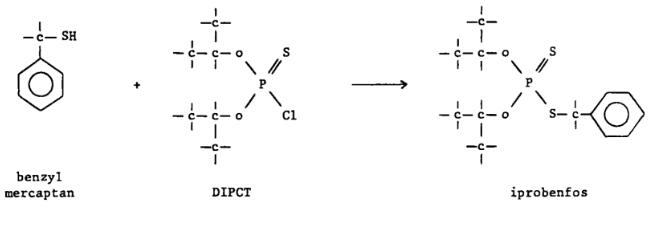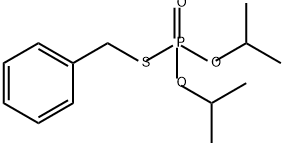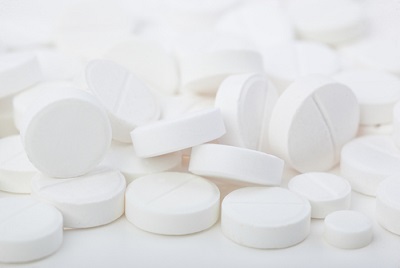Toxicity and Uses of Iprobenfos
Chemical properties
The pure substance is colorless liquid with b.p. of 126 ° C / 5.332 Pa, relative density of 1.107, m.p. 22.5 ~ 23.8 ° C, and refractive index of n20D1.5106. Soluble in a variety of organic solvents, insoluble in water. It is relatively stable to light and acid, and is easily decomposed in the presence of alkaline substances. The industrial product is a light yellow oily liquid.
Uses
Iprobenfos is a systemic fungicide which provides effective protective and curative control of leaf and ear blast (Pyricularia oryzae), stem rot (Helminthosporium spp.) and sheath blight (Rhizoctonia solani) in rice. The proposed mode of action of iprobenfos is inhibition of phospholipid synthesis. Iprobenfos is mainly used in the control of rice blast with a stronger efficacy and longer duration than that of Kitazin. Use 40% emulsifiable concentrate solution of 600-800 μg/mL to control rice blast in the early stage of seedling blasts and leaf blasts with a spray interval of every 5 to 7 days, and 2 to 3 applications are ok. Iprobenfos also has a control effect on rice sheath blight disease, glomerulus sclerotiorum and rice planthopper. Synergism was shown when applied with some other pesticides.
Synthesis
Toxicity
Acute oral LD50: 490 mg/kg (rat), 660 mg/kg(mouse). Acute dermal LD50: 4080 mg/kg(rat), 4000 mg/kg(mouse). The LD50 in carp was 5.1 mg/L (48 h).


